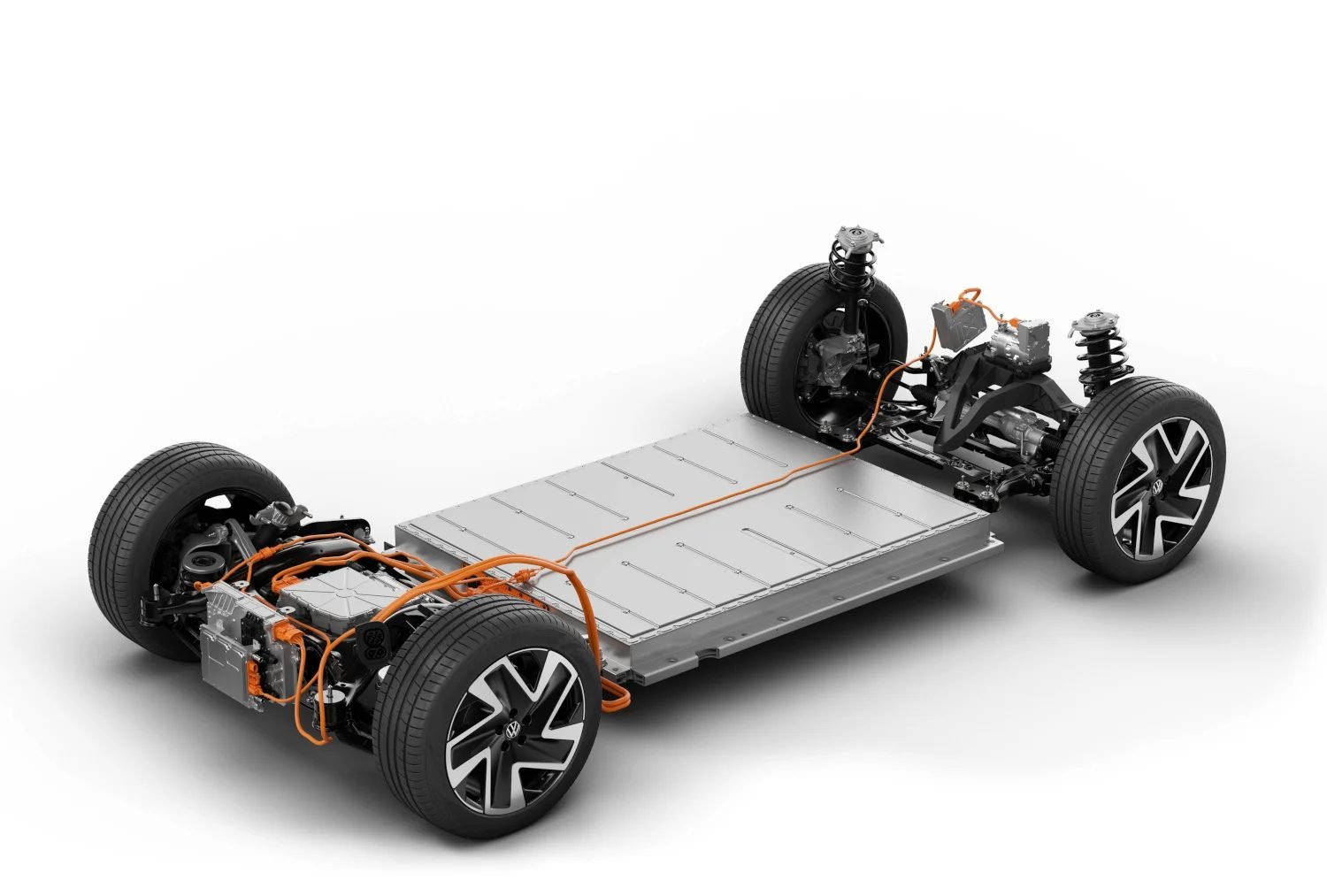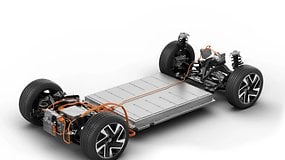
Chinese companies dominate the entire supply chain for batteries when it comes to e-mobility, which begins with raw materials. A study now shows just how dependent international companies are on Chinese suppliers.
While European car manufacturers have been rather hesitant to tackle the development of battery-powered electric vehicles, Chinese manufacturers have seized the opportunity presented to them. I am not referring to just the cars themselves but also the fact that competition from Europe and the USA has been left behind when it comes to batteries, according to a study by the University of Münster and the Fraunhofer Research Institution for Battery Cell Manufacturing (FFB). According to this study, Chinese companies control the entire value chain, especially those involving lithium-ion batteries, starting from the extraction of raw materials to the production of car batteries.
Europe is in a strategically disadvantageous position when it comes to lithium
Researchers have recognized Europe’s heavy dependence when it comes to lithium. Most of the mining takes place in Australia and Chile, where up to 74% of the raw material available worldwide hails from these two countries. However, Chinese companies such as Tianqi Lithium and Albemarle from the USA have secured 29% and 26% of the worldwide production, respectively. Europeans still do not own any significant market share.
Lithium production on the continent itself is also limited despite the presence of large deposits. In fact, mining has so far been limited to the Barroso lithium project in Portugal, which, unfortunately, only accounts for 0.4 percent of global production.
Less dependence on cobalt, manganese, and nickel
Chinese companies have also secured large shares of other metals that are important for e-mobility production. European producers play a greater role here, at least in part, as the study shows concerning cobalt, manganese, and nickel. This applies to cobalt mining in particular, where 68% of the raw material hails from mines in the Democratic Republic of the Congo.
However, these mines are repeatedly criticized for inhumane working conditions. However, 47% of the raw material harvested there end up in the People’s Republic of China and Europe, respectively. In contrast, Australian producers lead the way in manganese mining, having secured access to a quarter of the world’s reserves by taking over mines in South Africa. European companies remain in third after South Africa.
In the case of nickel, Chinese companies have secured a large proportion of the deposits mined in Indonesia. However, these mines are considered close to total exhaustion. Most of the rock mined has a low ore content, which has to be extracted using chemically harmful processes. In addition, BASF and Eramet from France withdrew from nickel and copper refineries in Indonesia. The associated mine became a threat to an indigenous tribe of people living in isolation, as reported by Deutsche Welle.
Scientists call for a more circular economy
The authors of the study believe that establishing and strengthening their own battery supply chains is not only an important measure to ensure the country does not fall behind technologically. Rare raw earth materials, in particular, are often used as a weapon in the ever-escalating trade wars. For instance, China has banned the export of rare earths to the USA.
In addition to the conclusion of further strategic raw material partnerships, there are calls for the construction of new refineries to further refine the mined raw materials. This could at least bring back parts of the value chain from China and limit dependence on supplies from producers there. In addition, greater importance should be attached to the circular economy, i.e., the recovery of raw materials.







